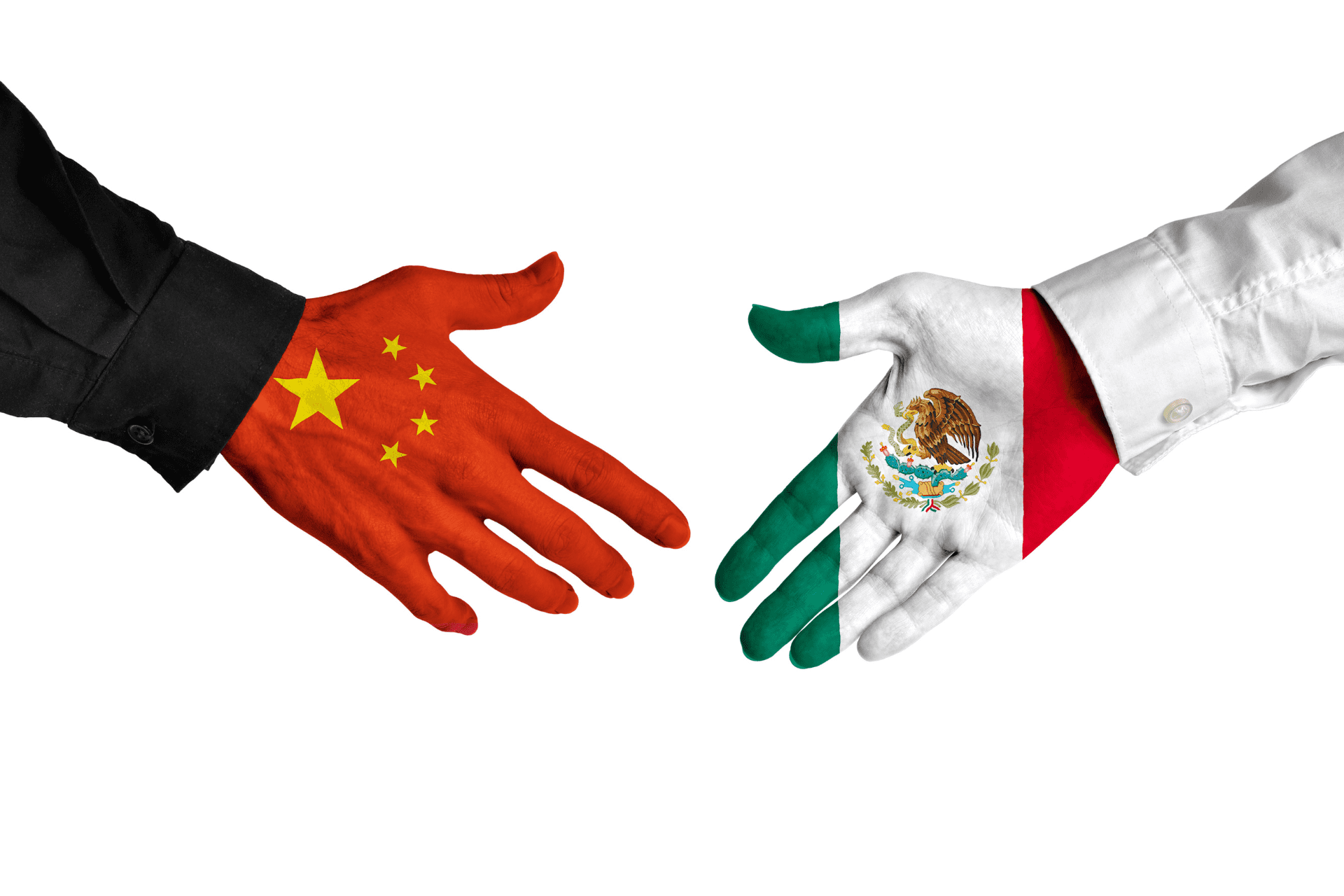By María José Gamba
n a significant policy shift, Mexico has announced a substantial increase in tariffs on Chinese automobiles, raising them from roughly 20% to 50%. This move is part of a broader overhaul of import duties affecting more than 1,400 product categories, including textiles, steel, and auto parts, primarily from countries without free trade agreements with Mexico.
The decision aims to protect domestic industries and jobs, particularly in the automotive sector, which represents 23% of Mexico’s manufacturing output and supports over 320,000 jobs. Economy Minister Marcelo Ebrard emphasized that the tariffs comply with World Trade Organization regulations and are necessary to safeguard national production and prices.
Implications for Trade and Supply Chains
The new tariffs are expected to affect roughly 8.6% of Mexico’s total imports, valued at $52 billion. While this policy could provide short-term relief to domestic manufacturers, it also brings new challenges for trade and logistics. Increased costs for imported vehicles may lead to adjustments in pricing, demand, and sourcing strategies, directly impacting supply chain planning.
For logistics operators, this change requires agility and foresight. Transportation companies, freight forwarders, and importers must review contracts, optimize shipping routes, and coordinate delivery schedules to prevent bottlenecks. Supply chains that relied heavily on Chinese vehicles or components may need to diversify sourcing or increase storage capacity to handle fluctuations.
Practical Example for Logistics Management
Imagine a company importing 1,000 vehicles from China to Mexico City:
Americas Forwarding coordinates shipments by sea and land, monitoring customs procedures closely to account for the increased tariffs.
We plan alternative routes and warehouse strategies to manage costs and maintain timely delivery.
Clients receive guidance on adjusting pricing, import timing, and supply chain contracts to minimize disruptions.
This example illustrates how an adaptive logistics approach can help companies navigate sudden trade policy changes without compromising efficiency.
Strategic Responses and Trends
Trade analysts predict that some importers may seek alternative sources from countries with lower tariffs or existing free trade agreements, such as South Korea, Japan, or the United States. For logistics operators, this trend highlights the importance of flexibility in routing, inventory management, and international coordination.
Additionally, companies are increasingly investing in technology to monitor and predict tariff impacts. Supply chain visibility platforms, automated customs documentation, and real-time tracking are now essential tools to respond quickly to market shifts. Americas Forwarding leverages these tools to ensure smooth, cost-effective operations for all clients.
Key Takeaways for Businesses
Diversify Sourcing: Companies should consider alternative suppliers to reduce dependency on high-tariff imports.
Optimize Logistics: Forwarders must plan routes, timing, and warehousing to minimize cost impacts.
Enhance Communication: Close coordination between suppliers, carriers, and clients ensures that shipments remain on schedule.
Use Technology: Supply chain platforms help predict and respond to policy changes efficiently.
Mexico’s decision to raise tariffs is a reminder of how interconnected trade, policy, and logistics are. Companies that adapt quickly with a strategic, technology-driven approach will maintain competitiveness and reduce risk.
At Americas Forwarding, we are committed to helping businesses navigate these challenges. Our expertise in freight management, customs compliance, and supply chain optimization ensures that even in times of regulatory change, your operations remain smooth and efficient.
Subscribe to our newsletter for updates on trade policies, logistics solutions, and global supply chain trends.

